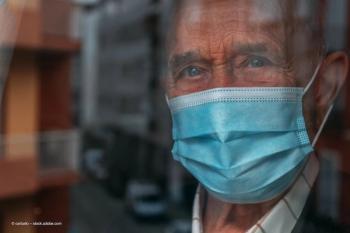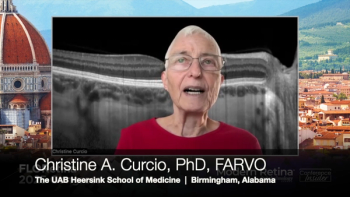
EDI-OCT and CVI findings can shed light on choroidal vascular physiology following COVID-19 pneumonia
Investigators measured the choroidal structures using enhanced depth imaging optical coherence tomography
Researchers from Istanbul, Turkey, conducted a study that found that the choroidal vascularity index (CVI) can shed light on the choroidal vascular physiology in patients who had had mild COVID-19 pneumonia and recovered completely,1 reported Muge Toprak, MD, and colleagues. Toprak is from the Kocaeli City Hospital, Istanbul. They published their findings in International Ophthalmology.
A total of 43 patients who recovered from the SARS-CoV-2 infection with mild pneumonia (group one, COVID group) were included along with 45 healthy individuals (group two, healthy control group).
All fully recovered patients were evaluated 6 months after the pneumonia resolved. The investigators measured the choroidal structures using enhanced depth imaging optical coherence tomography (EDI-OCT). The primary measurement of interest was the CVI, which the investigators defined as the ratio of the luminal area to the total choroidal area.
The patients who comprised group one (COVID group) had significantly higher values compared to the healthy group two controls in the mean total choroidal area, the stromal area and the luminal area. There was no difference in the CVI between the two groups (P = 0.080).
Based on their findings, the investigators concluded that the CVI can reveal the choroidal vascular physiology in patients who have fully recovered from COVID-19 pneumonia. The EDI-OCT technology can be used to evaluate choroidal vascular alterations and thereby serve as a non-invasive indicator for early vascular impairment following SARS-CoV-2 infection.
Reference
1. Toprak M, Kesim E, Karasu B, Celebi ARC. Choroidal vascularity index findings in patients recovered from mild course COVID-19 pneumonia.Int Ophthalmol. 2025;45:84. https://doi.org/10.1007/s10792-025-03450-4
Newsletter
Get the essential updates shaping the future of pharma manufacturing and compliance—subscribe today to Pharmaceutical Technology and never miss a breakthrough.







































